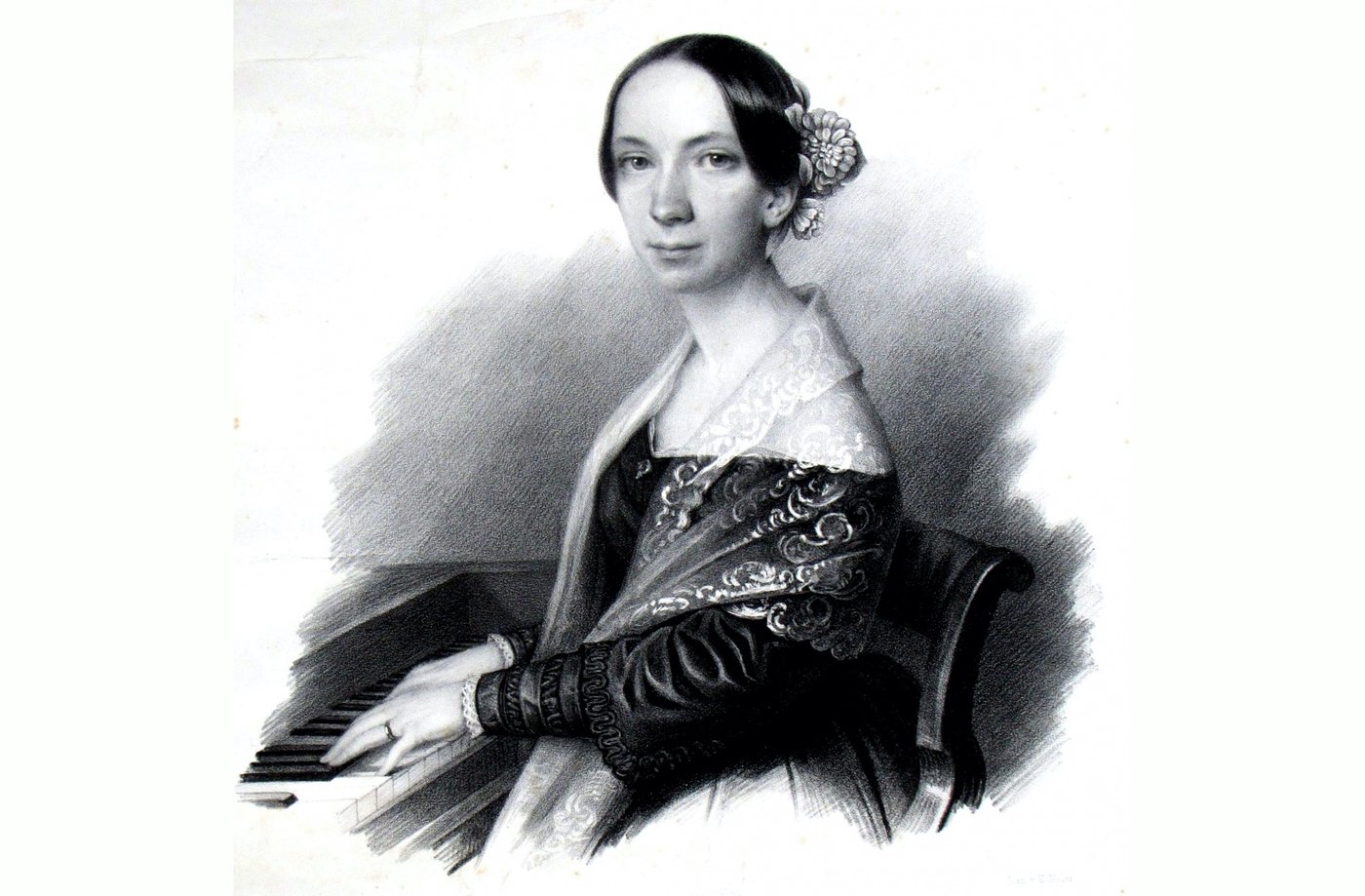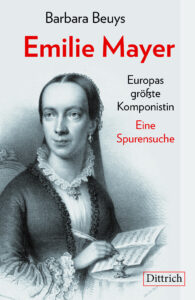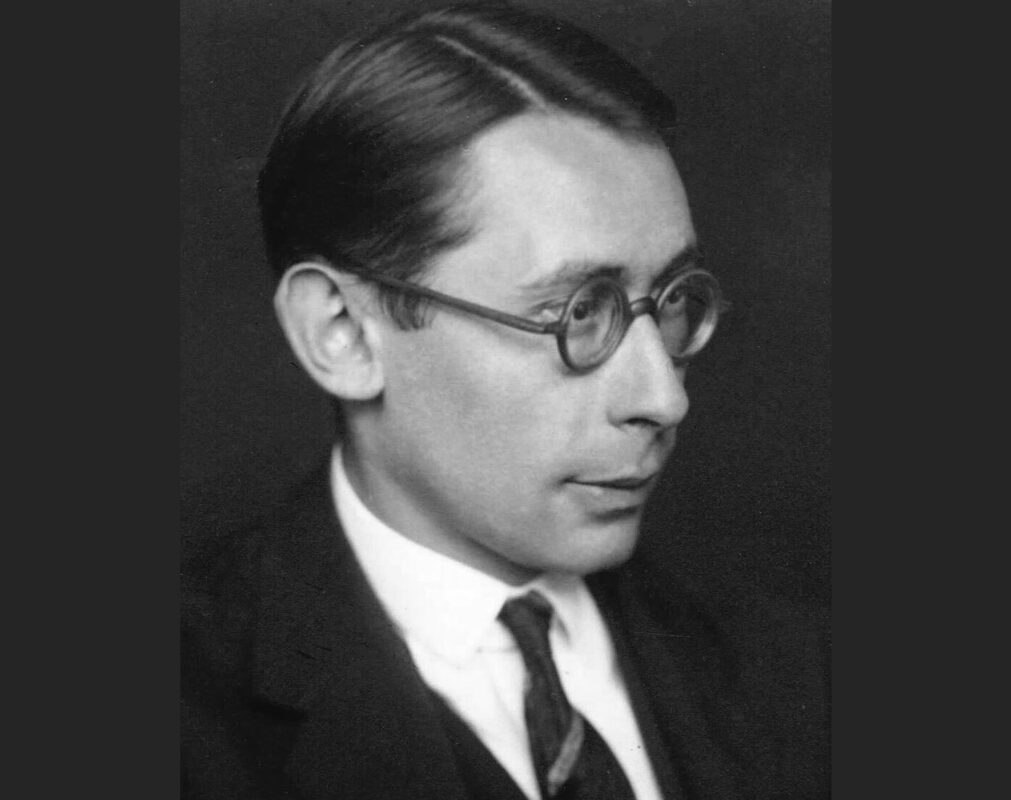Little music in the search for clues
Barbara Beuys' biography of Emilie Mayer mainly tells the story of the composer's life; little is revealed about her music.

After numerous new editions as well as recordings of symphonies and chamber music from her pen have appeared in recent years, the composer Emilie Mayer (1812-1883) is probably no longer completely unknown. Of course, this should also be seen as a sign of the times: Although the musical estate was already accessible to the public in the 20th century at the best location (Staatsbibliothek zu Berlin), interest remained rather low at the time. Today, of course, there is unnecessary exuberance in many a sensational headline such as "The female Beethoven" (NDR) - or in the subtitle of the newly published biography of Barbara Beuys: "Europe's greatest female composer". What constitutes this "greatness" is open to debate: Is it the size of her oeuvre? Or is it the focus of her work, which lies on such important genres as the string quartet and symphony? And how should these works be classified in relation to those of Louise Farrenc?
Questions that Barbara Beuys does not answer, but which are not her focus at all. In her "Search for Traces", she recounts Emilie Mayer's life and the performances of her works with numerous historical and cultural-historical embeddings. This overarching view is perhaps the strength of the account; as far as the actual dates and details are concerned, the author relies primarily on the extensive research undertaken by Almut Runge-Woll for her dissertation on this extraordinary Loewe pupil, which was published in 2003. Even if the target audience of the current biography may not lie solely in the realm of interested music lovers, it is nevertheless surprising that there is no rudimentary characterization of Emilie Mayer's compositional output, nor even a summary list of her works. On the other hand, there are redundancies ("Ehefessel", pp. 52 and 195), inaccuracies ("Streichquartett" instead of Streichquintett, p. 138) and sometimes overly casual formulations: "Trombones and string instruments - wasn't there something?" And so this portrait is more of a further installment in the series of cultural-historical biographies of the author, without any "musical" search for clues.
 Barbara Beuys: Emilie Mayer, Europe's greatest composer. A search for traces, 220 p., € 22.00, Dittrich, Weilerswist-Metternich 2021, ISBN 978-3-947373-69-7
Barbara Beuys: Emilie Mayer, Europe's greatest composer. A search for traces, 220 p., € 22.00, Dittrich, Weilerswist-Metternich 2021, ISBN 978-3-947373-69-7








